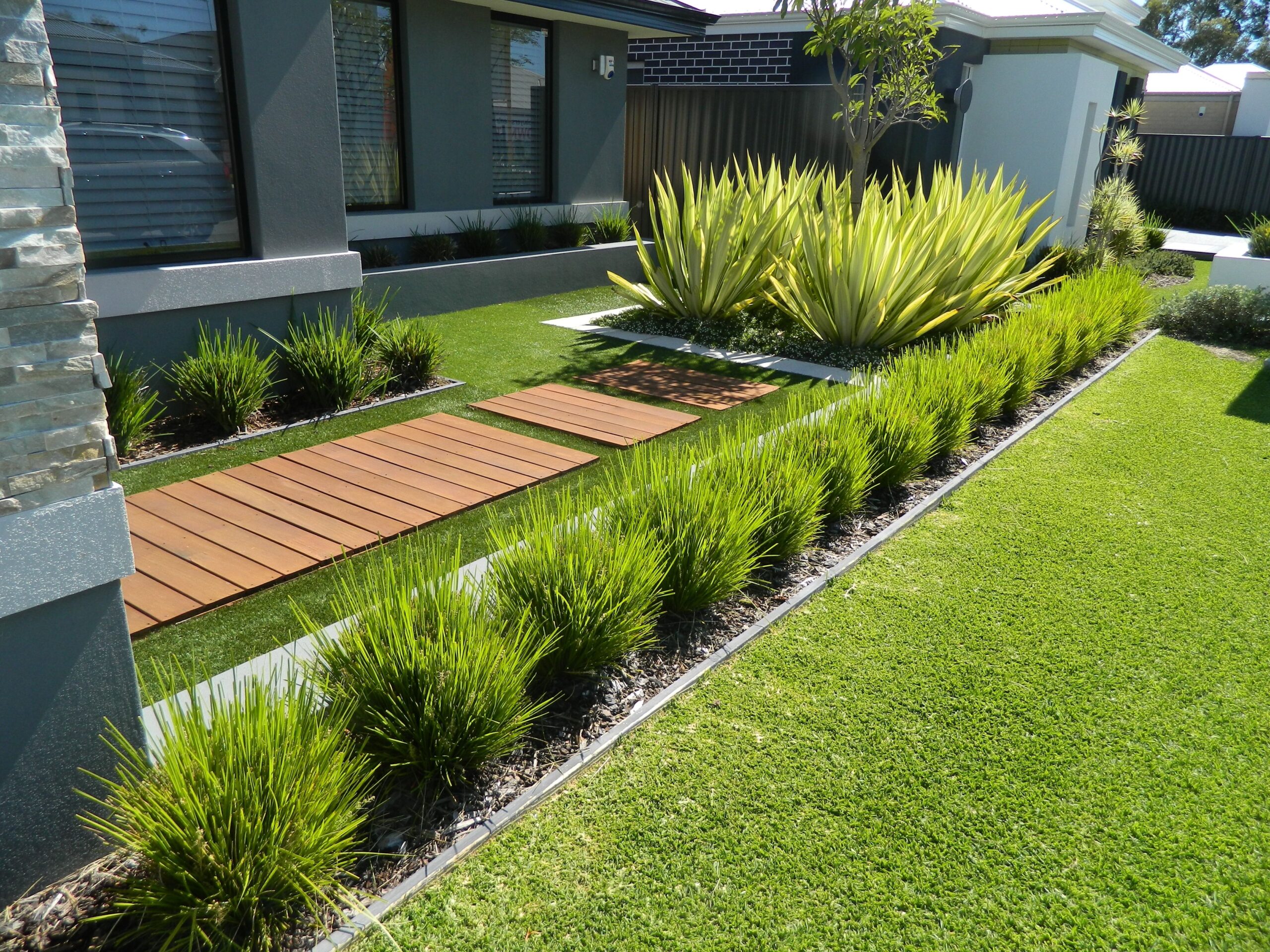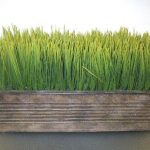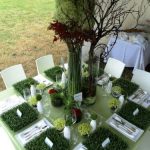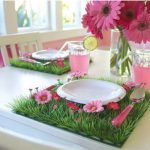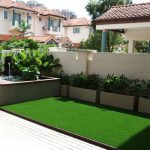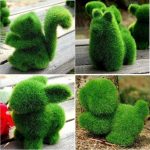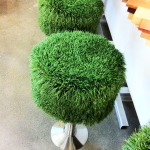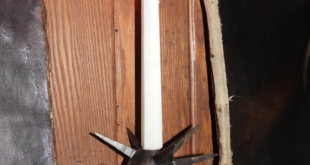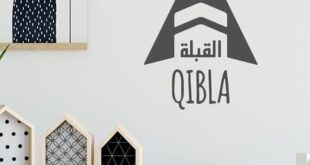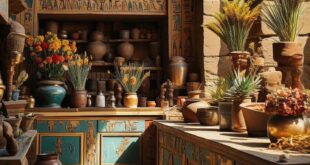If you’re looking to upgrade your home’s exterior, consider using fake grass as an alternative to traditional lawn. Fake grass, also known as artificial turf or synthetic grass, has become increasingly popular in home decor due to its low maintenance and cost-effective benefits. However, like any home improvement option, there are pros and cons to consider before making the switch to fake grass.
Pros:
1. Low maintenance: One of the biggest advantages of fake grass is its low maintenance requirements. Unlike natural grass, fake grass does not need watering, mowing, fertilizing, or weeding. This can save you time and money on lawn care expenses.
2. Year-round greenery: Fake grass stays green and lush all year round, regardless of weather conditions. This can give your home a consistently well-maintained look without the need for regular maintenance.
3. Durability: Fake grass is made from synthetic materials that are designed to withstand heavy foot traffic, pets, and harsh weather conditions. This makes it a durable and long-lasting option for outdoor decor.
4. Eco-friendly: Fake grass can be a more environmentally friendly option compared to natural grass. Since fake grass does not require watering, it can help conserve water and reduce your carbon footprint.
Cons:
1. Initial cost: The upfront cost of installing fake grass can be expensive, especially if you have a large area to cover. However, the long-term savings on maintenance costs may offset the initial investment.
2. Artificial look: While fake grass has come a long way in terms of quality and appearance, some people may still prefer the look and feel of natural grass. Fake grass can sometimes appear too perfect or artificial, especially up close.
3. Heat retention: Fake grass can absorb and retain heat, making it hot to walk on during the summer months. This can be uncomfortable for pets and children, especially if they spend a lot of time playing outside.
4. Environmental impact: While fake grass can help conserve water and reduce maintenance costs, it is still made from synthetic materials that can have a negative impact on the environment. Some fake grass products may contain harmful chemicals or require energy-intensive manufacturing processes.
In conclusion, using fake grass in home decor has its pros and cons. It is important to carefully consider your priorities and budget before making a decision. If you value low maintenance, durability, and year-round greenery, fake grass may be a suitable option for your home. However, if you prefer a more natural look and have concerns about the environmental impact, you may want to explore other landscaping options. Ultimately, the choice between fake grass and natural grass comes down to personal preference and the specific needs of your home.
 decorafit.com Design ideas for your home and patio
decorafit.com Design ideas for your home and patio
